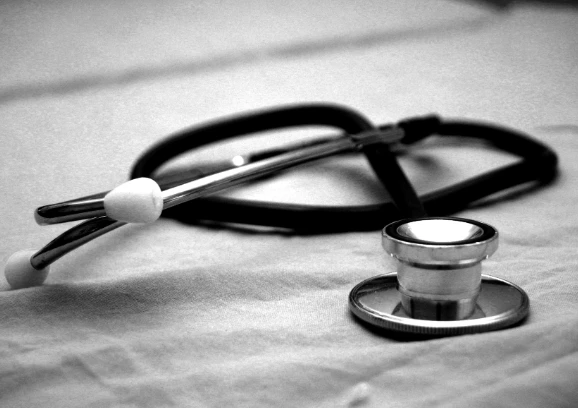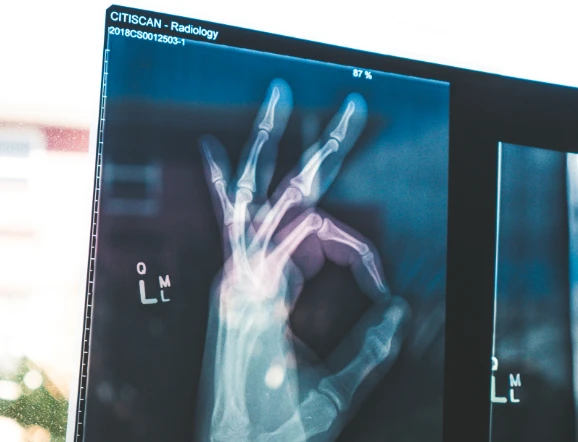As humans, we are always looking at ways to improve our health. Whether that’s through medication or holistic approaches to tackling serious health concerns.
A great thing we are exposed to is the different technologies available, such as a clinical trial management system that helps patients and medical practitioners too. Let’s look at 10 ways telehealth is changing healthcare for the better.

Early stroke detection
We know that a stroke can strike at any time and that no one is safe. Making this one of the crucial health risks we need to diagnose as early as possible. The idea is always to supply treatment to stroke victims as soon as possible since this gives them a better chance of survival.
There is a great tool available today to make this a reality. Enter the telestroke service. But before we unpack how it works, let’s first understand why it was invented in the first place. It all boils down to how fast the tissue plasminogen activator is administered after a stroke. In some instances, not fast enough.
With the telestroke service, it was documented that patients who were part of this network and suffered a stroke were helped up to 20 minutes faster than those without this service. In remote parts of Alberta in the US, the telestroke system helped reduce ER admissions by 92%.
Tele-ICU
This is a terrific addition for ICU surgeons and supplies the second set of eyes, so to speak. Tele-ICU is available to help doctors and nurses treat multiple patients at once without missing anything.
Anything can happen in the operating room, and the tele-ICU is an aid to cut distractions, as well as monitor important medical scenarios such as a sudden change in heart rate or blood pressure. Tele-ICU is expected to grow rapidly in the next five years, and we are excited to see what the market will hold.
Telemedicine in rehab
Whether you are recovering from a stroke or a neurological disease, the recovery process can often be long and tiresome. It requires patients to travel to and from their medical center, which often makes life difficult. Telemedicine technology in rehabilitation addresses this situation. It’s an online resource that allows medical practitioners to conduct cognitive or psychiatric assessments all online.

Reduce the risk of heart disease
While no one is safe from heart disease, some people are more prone than others. But there are ways in which doctors can significantly reduce your risk of heart disease, and that’s through cardiovascular disease management programs. Again, telemedicine makes an appearance.
Research has shown that patients are more likely to take part in online programs that allow them to send and receive healthcare and information all from the comfort of their homes.
Telemedicine in diabetics
The idea is always to save as many people as possible and to make the lives of patients easier. With diabetes treatment, telemedicine greatly improves the health of diabetics.
However, doctors have noted two things for this to work all over the world. With first consultations, doctors need to promote self-efficiency with patients. Secondly, the goal should be to change patient behavior. This has become easier with digital technology. Since doctors and nurses can keep track of patients from afar.
Self-managed chronic conditions
Patient self-management using telemedicine is fast becoming a go-to in the medical field. Patients with hypertension, for example, can now manage their condition digitally while their medical practitioner can keep track at the same time.
This eliminates the commute to and from medical centers and allows patients a sense of autonomy. These home-based systems are also credited for giving patients the ease to manage their condition and eliminate white-coat syndrome.

Teledentistry
This is a great one since it allows dentists to store-and-forward telemedicine. How does it work? The dentist receives images or data relevant to the dental issue, assesses them, then sends them to another doctor to review. This helps because the dentists will review the patient’s issue before deciding if an operation is necessary.
Further to this, dental specialists help dentists to name any problem areas. Teledentistry proved vital during the COVID-19 pandemic as dentists were able to provide patient care without physical interaction.
Address health issues
Telehealth has become a much-needed tool to care for patients who otherwise would not be afforded medical care. Whether it’s well-being or chronic mental health care, telehealth allows people to access doctors online.
Finding gaps
Healthcare in certain parts of the world is a privilege instead of a right, meaning that many people are unable to receive the exact healthcare they need. With telehealth, doctors can assess patients at any given point, while also being able to look out for other risks the patient might not have been aware of before. This is critical in-patient care.
Telemedicine for mental health
Traumatic events can affect people, especially if they are prone to mental health issues. These are largely teleconferencing services that involve a patient speaking to a therapist on the phone. Today we can use video call functions as well if patients are comfortable with it.

